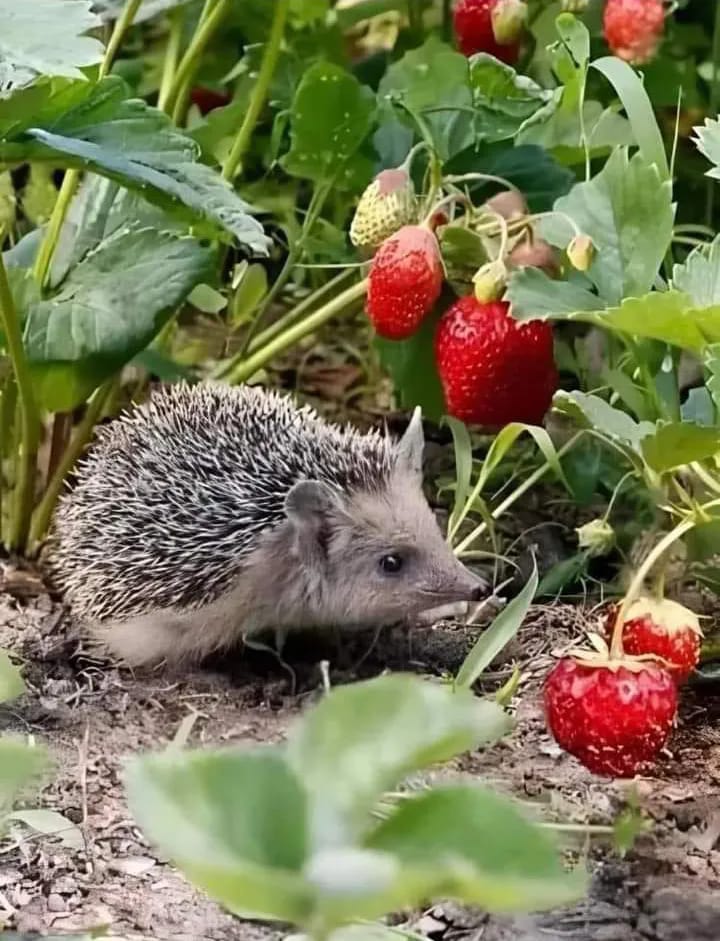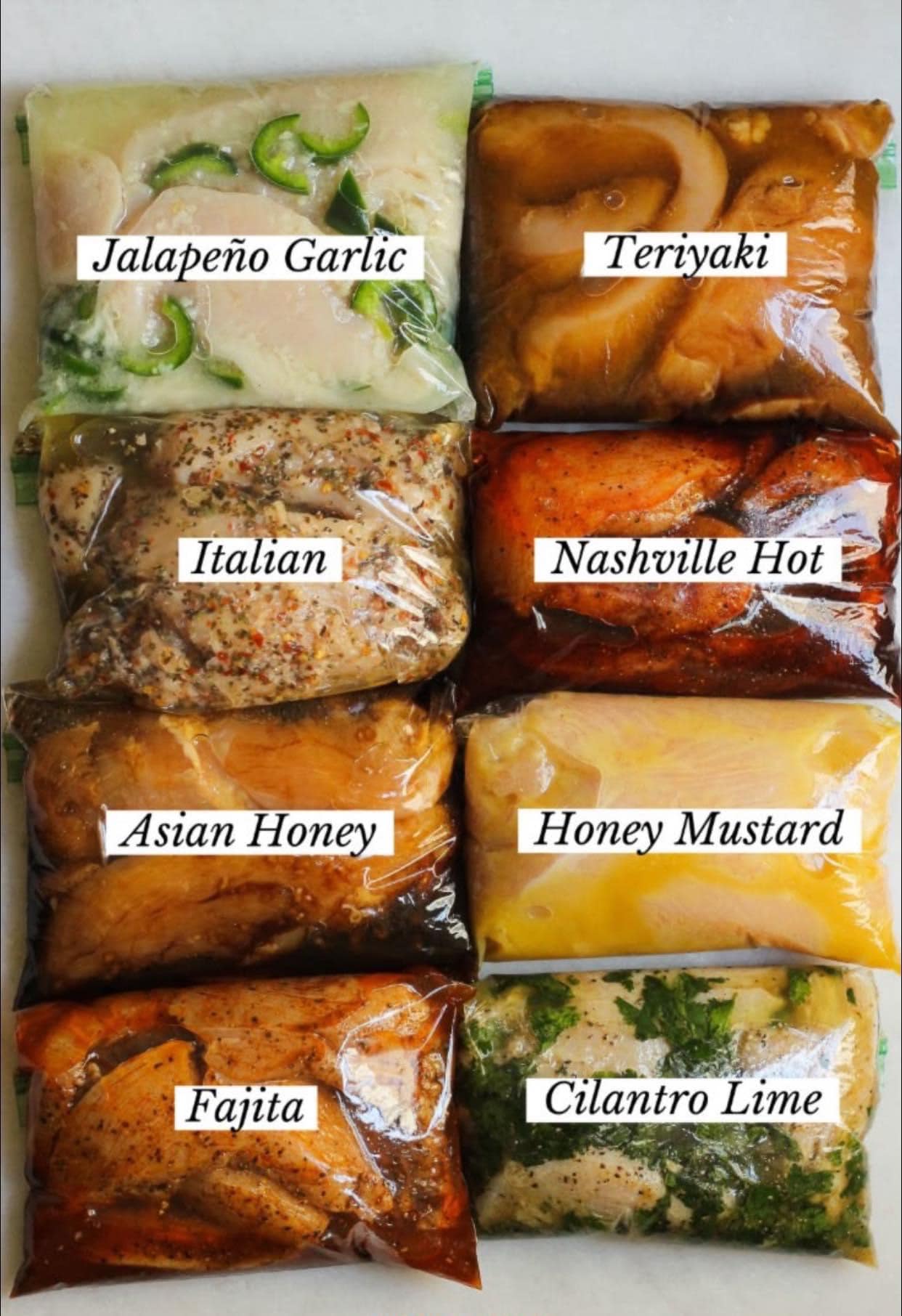Hedgehogs are charming, spiky little mammals that bring a whimsical touch to any garden. Not only are they a delight to observe, but they also play an essential role in maintaining the ecological balance by helping to control pests such as slugs and insects. If you’re eager to welcome these nocturnal foragers into your outdoor space, creating a hedgehog-friendly garden is key. Let’s explore effective strategies to make your garden an inviting haven for these enchanting creatures.
1. Establish a Hedgehog-Friendly Habitat
Creating a safe and comfortable environment is the first step in attracting hedgehogs to your garden.
A. Shelter
Hedgehogs are naturally shy animals that require secure places to sleep and nest. Here are some options you should consider:
- Hedgehog Houses: You can either purchase a ready-made hedgehog house or construct one yourself using untreated wood. Ensure it has an entrance hole of about 5 inches in diameter to allow easy access for hedgehogs while also providing protection from predators.
- Natural Shelters: Consider leaving piles of leaves, logs, or brush in your garden. These materials provide natural hiding spots and nesting materials, essential for helping hedgehogs feel at ease in your garden.
B. Dense Vegetation
Hedgehogs thrive in environments with dense shrubs and foliage. By planting a variety of native shrubs and wildflowers, you can create a more natural habitat that caters to their needs. Not only does this provide them with cover, but it also attracts insects that serve as a food source for them. Plants like honeysuckle, dogwood, and various forms of berry bushes can be particularly beneficial.
2. Provide Food and Water
Alongside a suitable habitat, ensuring a reliable source of food and water is crucial for attracting hedgehogs.
A. Food Sources
While hedgehogs are adept at foraging during the night, offering supplemental food can make your garden even more attractive. Here are some food options:
- Cat or Dog Food: High-quality dry or wet cat food is a fantastic option since it delivers the necessary protein that hedgehogs need.
- Specialized Hedgehog Food: You can also find specially formulated hedgehog food in pet stores, designed to meet all their dietary needs.
- Insects and Mealworms: Encourage insect populations in your garden, which will serve as a natural food source for the hedgehogs.
B. Fresh Water
Be sure to provide a shallow dish of fresh water, especially during dry spells. Hedgehogs can easily suffer from dehydration, and having a reliable water source is essential for their health. Change the water regularly to keep it fresh.
3. Maintain a Wildlife-Friendly Garden
To further support the presence of hedgehogs, cultivating a wildlife-friendly garden is crucial.
A. Avoid Chemicals
To protect hedgehogs and the insects they rely on, minimize or completely eliminate the use of pesticides and herbicides. These chemicals can harm not only hedgehogs but also their food sources. Consider adopting organic gardening practices, which are gentler on local wildlife.
B. Allow Some Areas to Remain Untidy
Hedgehogs prefer a more natural, untamed environment. By leaving some areas of your garden uncut, allowing wildflowers and grasses to flourish, you create additional shelter and food for hedgehogs and other forms of wildlife. Think of it as being “wild” with your gardening style!
4. Create Safe Passageways
Ensuring safe passage for hedgehogs within and beyond your garden is another vital aspect of attracting them.
A. Gaps in Fences
To make your garden accessible to hedgehogs, leave small gaps (around 5 inches) in your fences. This allows them to roam freely, searching for food and mates, which increases the chances they’ll make your garden their home.
B. Safe Routes
Avoid constructing barriers that could trap hedgehogs, such as deep ponds or fences without any gaps. Keep pathways clear and free from hazards like dense brambles or sharp objects.
5. Encourage Natural Insect Populations
Promoting a healthy ecosystem with a variety of plants will help attract the insects that hedgehogs rely on for sustenance.
A. Plant Diversity
Planting a diverse range of flowers and shrubs can attract various insects, providing a natural food source for hedgehogs. Consider incorporating plants such as:
- Lavender: This not only adds color and fragrance to your garden but also attracts bees and butterflies.
- Dandelions: Often overlooked as weeds, dandelions provide food for various insects, making them a fantastic addition to your garden.
- Wildflowers: Cultivating wildflower patches supports a diverse ecosystem and attracts numerous pollinators.
B. Compost Piles
Creating a well-managed compost pile can also draw in insects and worms, which serve as a food source for hedgehogs. Just ensure that your compost is maintained properly to avoid attracting pests.
6. Be Patient and Observant
Attracting hedgehogs to your garden is often a matter of patience. It may take time for them to find their way to your space. Here are some tips to help you spot them:
- Look for Signs: Keep an eye out for signs of hedgehog activity, such as footprints or droppings. These clues can help you determine whether hedgehogs are visiting your garden.
- Use a Wildlife Camera: Consider setting up a wildlife camera to capture their nocturnal activities. This can be a rewarding way to observe these creatures in their natural behavior.
7. Create a Hedgehog-Friendly Environment Year-Round
To ensure that hedgehogs feel secure in your garden, it’s essential to create a welcoming atmosphere throughout the year.
A. Seasonal Changes
Be mindful of seasonal changes and adjust your garden practices to cater to the needs of hedgehogs. For example:
- In the fall, allow leaf litter to accumulate, as hedgehogs use this material for nesting.
- In the winter, create piles of wood or leaves to serve as insulation against the cold.
B. Spring Cleaning Tips
Come spring, while you may be tempted to tidy up your garden aggressively, consider leaving some areas undisturbed. This provides hedgehogs with opportunities to establish homes and look for food as they emerge from hibernation.
8. Educate Others
Sharing your passion for hedgehogs with others can help raise awareness about their conservation and the importance of creating hedgehog-friendly environments.
A. Community Initiatives
Participate in local wildlife initiatives or organize community events focused on hedgehog conservation. By working together, you can create a network of wildlife-friendly gardens that benefit these charming creatures.
B. Share Your Knowledge
Consider writing articles, sharing social media posts, or even hosting workshops on how to create hedgehog-friendly spaces. The more people are informed, the greater the chance that hedgehogs will thrive in your community.
Conclusion
By implementing these strategies, you can create a vibrant and thriving hedgehog-friendly garden that offers shelter, food, and safety for these delightful creatures. As you enjoy their presence, you also contribute to the conservation of wildlife in your area. Embrace the joys of gardening alongside hedgehogs and watch your outdoor space transform into a thriving habitat for these enchanting animals.
As you cultivate your garden, remember that fostering a connection with local wildlife creates an enriched environment for everyone involved. By providing a safe haven for hedgehogs, you’re not just inviting a fun and quirky creature into your life, but you’re also contributing to the balance of nature. Over time, your efforts will reward you with the charming sight of hedgehogs foraging, nesting, and flourishing in your garden—a small yet profound way to make a difference in the world around you.





